11 Polymers

What does the word 'polymer' mean?
"Poly" comes from the ancient Greek πολύ, polý and means "many". "Mer" also comes from the ancient Greek μέρος, méros and means "part". Accordingly, a polymer is a chemical which consists of macromolecules, that is to say of several repeating units.
"Poly" comes from the ancient Greek πολύ, polý and means "many". "Mer" also comes from the ancient Greek μέρος, méros and means "part". Accordingly, a polymer is a chemical which consists of macromolecules, that is to say of several repeating units.
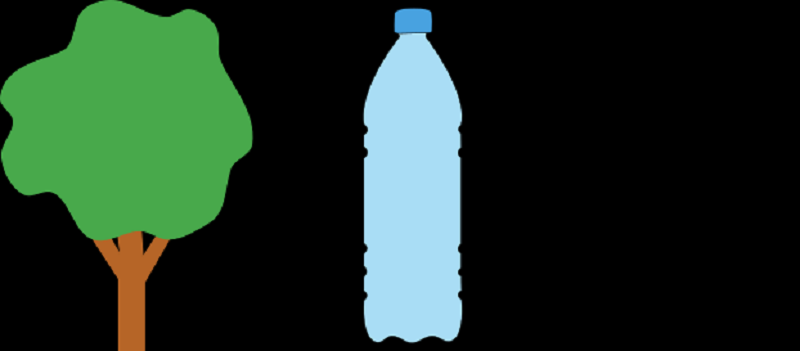
Which of these things is not made of polymers?
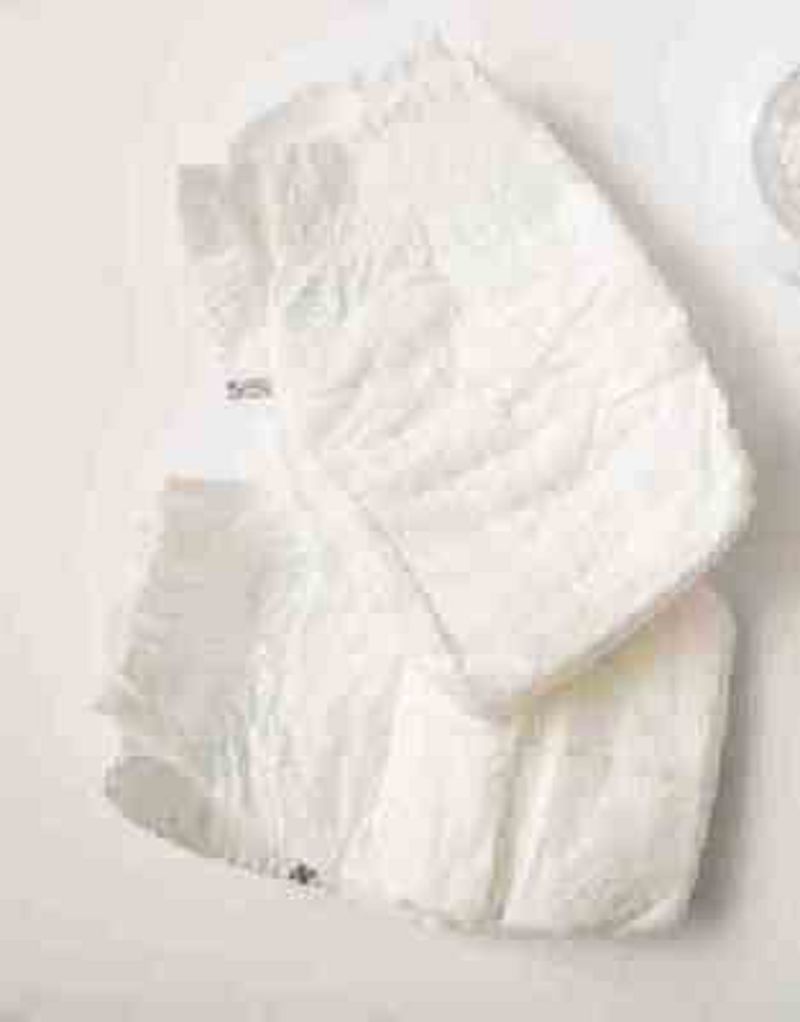
Which of the following synthetic polymers is contained in diapers?


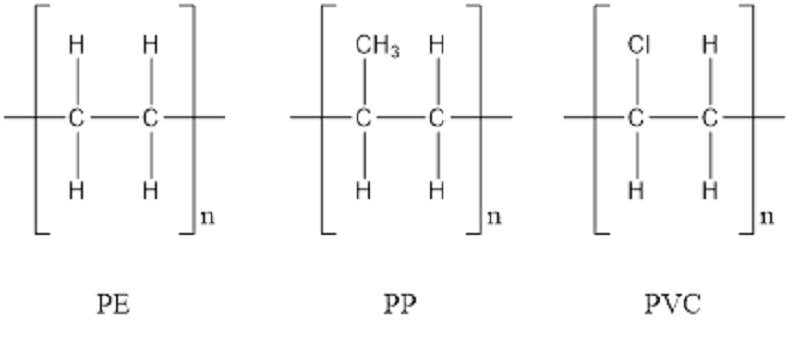
1. polypropylene (PP) 2. Polyvinyl chloride (PVC) 3. polyethylene (PE)

What kind of polymer is modified during a hair perm?
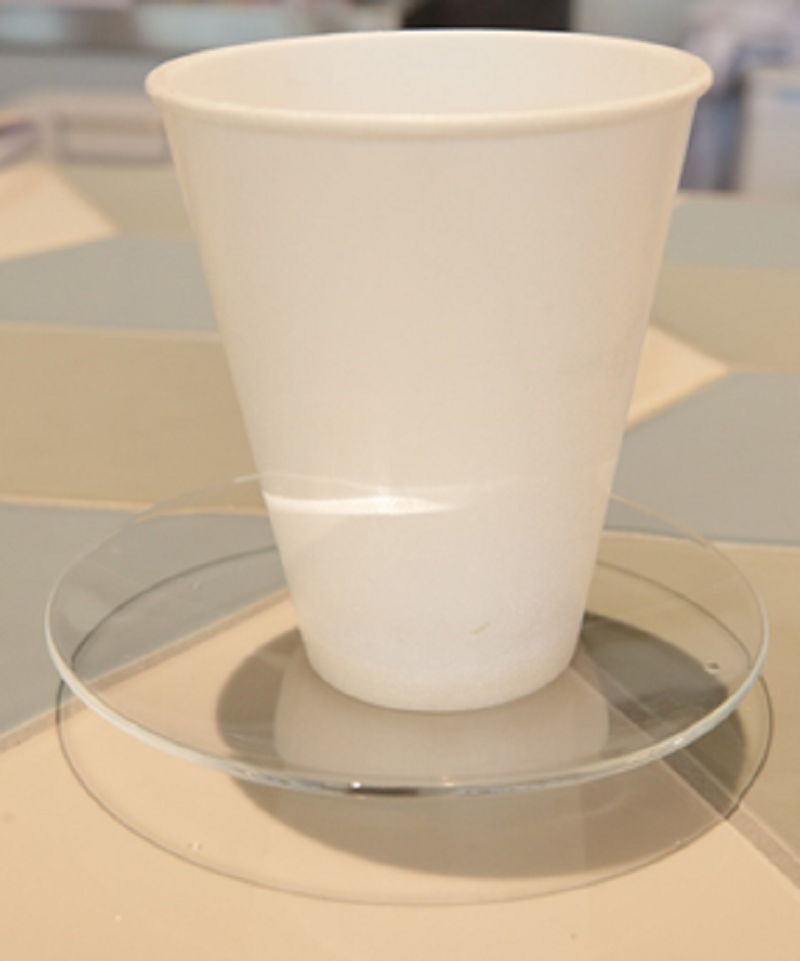
What happens when you dip a polystyrene cup in acetone?
Styropor is a large-pore expanded polystyrene foam. If the Styropor cup is dipped in acetone, the polystyrene dissolves and the enclosed air is set free, which becomes visible in the form of bubbles.

Styropor is a large-pore expanded polystyrene foam. If the Styropor cup is dipped in acetone, the polystyrene dissolves and the enclosed air is set free, which becomes visible in the form of bubbles.

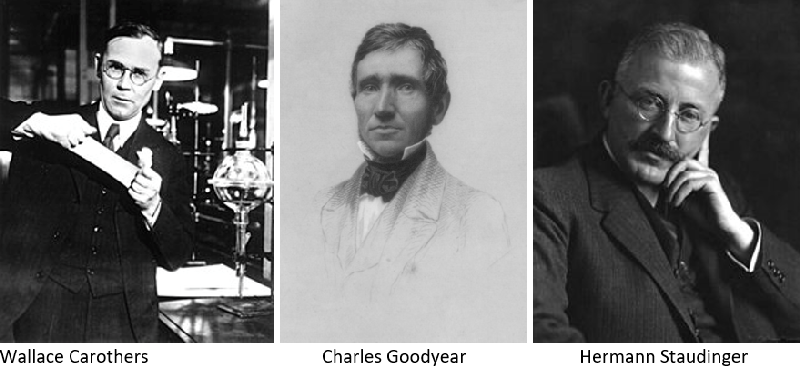
Who discovered the nylon synthesis?


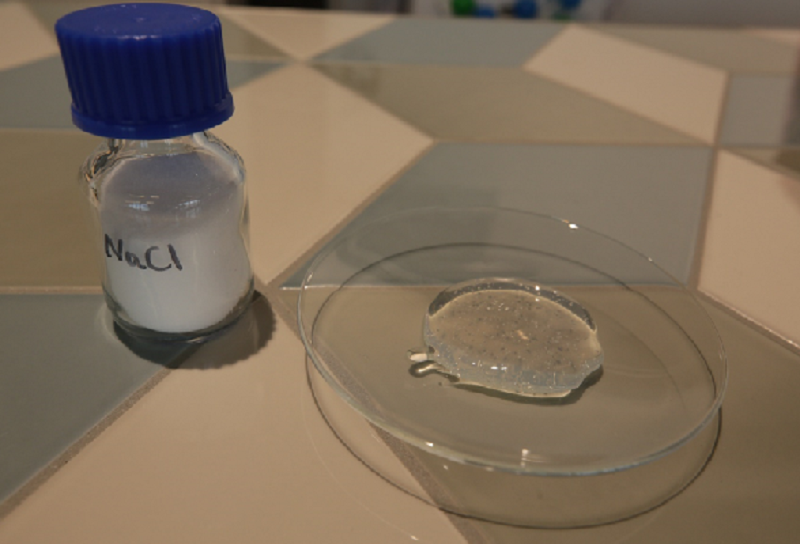
What happens when you add salt to hair gel?



This quiz was written by the Luxembourg Science Center in Differdange. Visit the Center to learn more about polymers and other scientific topics!
This quiz was written by the Luxembourg Science Center in Differdange. Visit the Center to learn more about polymers and other scientific topics!
Before you discover your result, please leave us your e-mail address if you would like to be drawn amongst the highest scorers and thereby win free entrances to the Luxembourg Science Center!